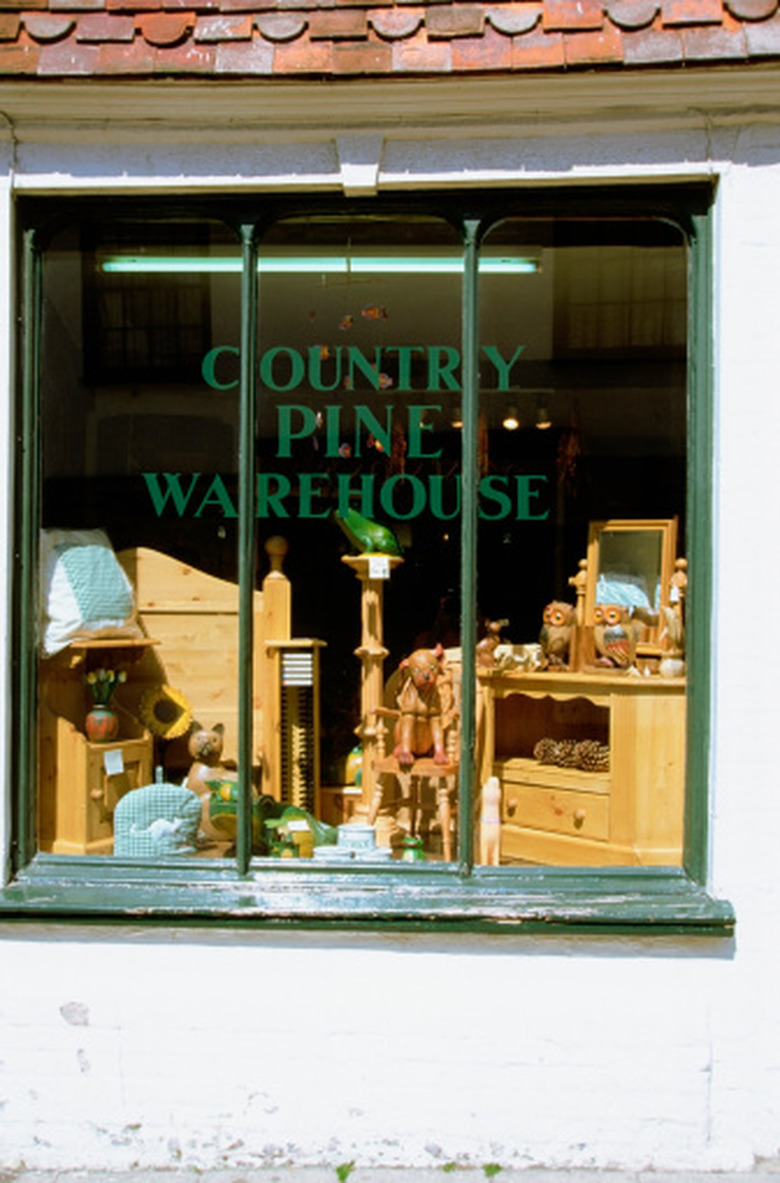How To Identify A Hoosier Cabinet
Tip
Hoosier refers to both a manufacturer and a style of cabinet, but the word typically refers to any cabinet in the Hoosier style, not just those manufactured by Hoosier.
Hoosier cabinets were popular in the early 1900s, and they were usually made of oak with porcelain work surfaces that resist absorbing odors and stains. Hoosiers were produced in Indiana–hence the name–and were a mainstay of many American kitchens during The Depression. Today, traditional Hoosiers can be found in antique shops or can be reproduced by craftsmen. Collectors prize Hoosiers as a focal point for retro kitchen designs, as well as for additional counter space and storage.
Step 1
Look for the hallmark three-compartment design: a deep lower cabinet, a porcelain workspace in the middle and a shallow upper cabinet. The workspace usually has a flour sifter, a bin for sugar and glass canisters for spices, tea and coffee.
Step 2
Check the drawers immediately above or below the workspace (usually on either end of the cabinet) to see if they are lined with tin. These drawers are intended for bread.
Step 3
Look for a manufacturer's stamp on the back or underside of the cabinet. Many companies manufactured cabinets of this style during the depression, but some of the most common were Sellers, Hoosier, Boone, Wilson, Kitchen Maid, Napanee and McDougall. If the stamp contains a date, look for a year in the early part of the twentieth century when classic Hoosiers were being made.
